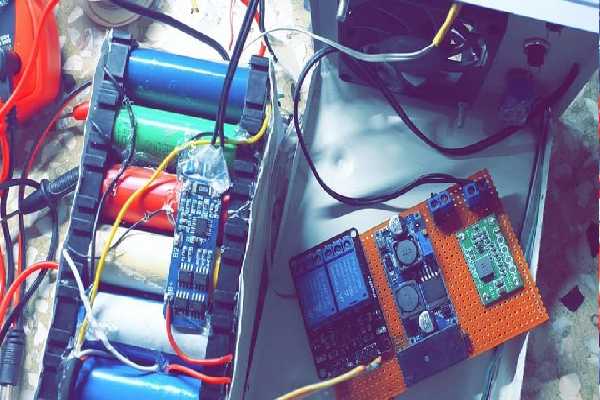Simple Tips to Make Your DIY Electronic Projects Easier to Complete

DIY electronics is an increasingly popular hobby. Boards designed to simplify DIY projects – the likes of Arduino and Raspberry Pi – are more common. Advanced DIY enthusiasts also have access to more resources, including tools like custom printed boards, 3D printers, and more.
Despite the growing resources and accessibility, however, DIY electronic projects can still be challenging. Whether you are building your own IoT smart device for your home or a custom amplifier for your audio setup, there will still be challenges to face along the way.
Worry not, because there are no challenges that cannot be solved. In this article, we are going to go over the simple tips that will make your DIY electronic projects more fun and easier to complete. Let’s get started, shall we?
The Right Apps for the Job
One of the best things about starting a DIY electronic project today is that you can simulate more than half of the project using software and apps. You can, for example, use a board design software to do more than just design a working circuit board.
Today’s design apps can also simulate part clearance and design a container for the board, complete with mounting points. Rather than doing a lot of trials and errors using actual boards and parts, you can simply turn to 3D simulation and get it right the first time.
Outsource Some Work
Despite DIY electronic projects being extremely exciting, you don’t have to do everything from scratch and on your own. When working with a custom IC or chips that require programming, for instance, you can find examples and pre-made codes to customize rather than write one yourself.
The same is true with tasks such as producing a casing for your project. Design a case using a 3D design software, and then have a vendor print the design using a 3D printer. You certainly save on having to buy your own 3D printer, at least until you really need to have one in your workshop.
Be Mindful of the Parts
The next tip has to do with choosing parts to use. You have an endless array of parts to choose from indeed. The key here is knowing when to splurge and when to skimp. With parts like LEDs and potentiometers, you can save some money.
For capacitors and ICs, on the other hand, you want to make sure that you use high-quality ones. For example, adding a high-quality filter capacitor in power supply from Octopart to your power supply circuitry will safeguard the rest of your component from surges and power disruptions.
As an added tip, don’t hesitate to compare parts. You have websites offering an extensive list of available parts that range from ICs to electromechanical parts, and the database makes finding suitable parts for your project a lot easier.
That’s it! There are countless DIY electronic projects that you can try. Now that you have these tips in mind, you can kick off your own project without hassle. It will not be long before you start adding your own creations to your list of completed DIY projects.
